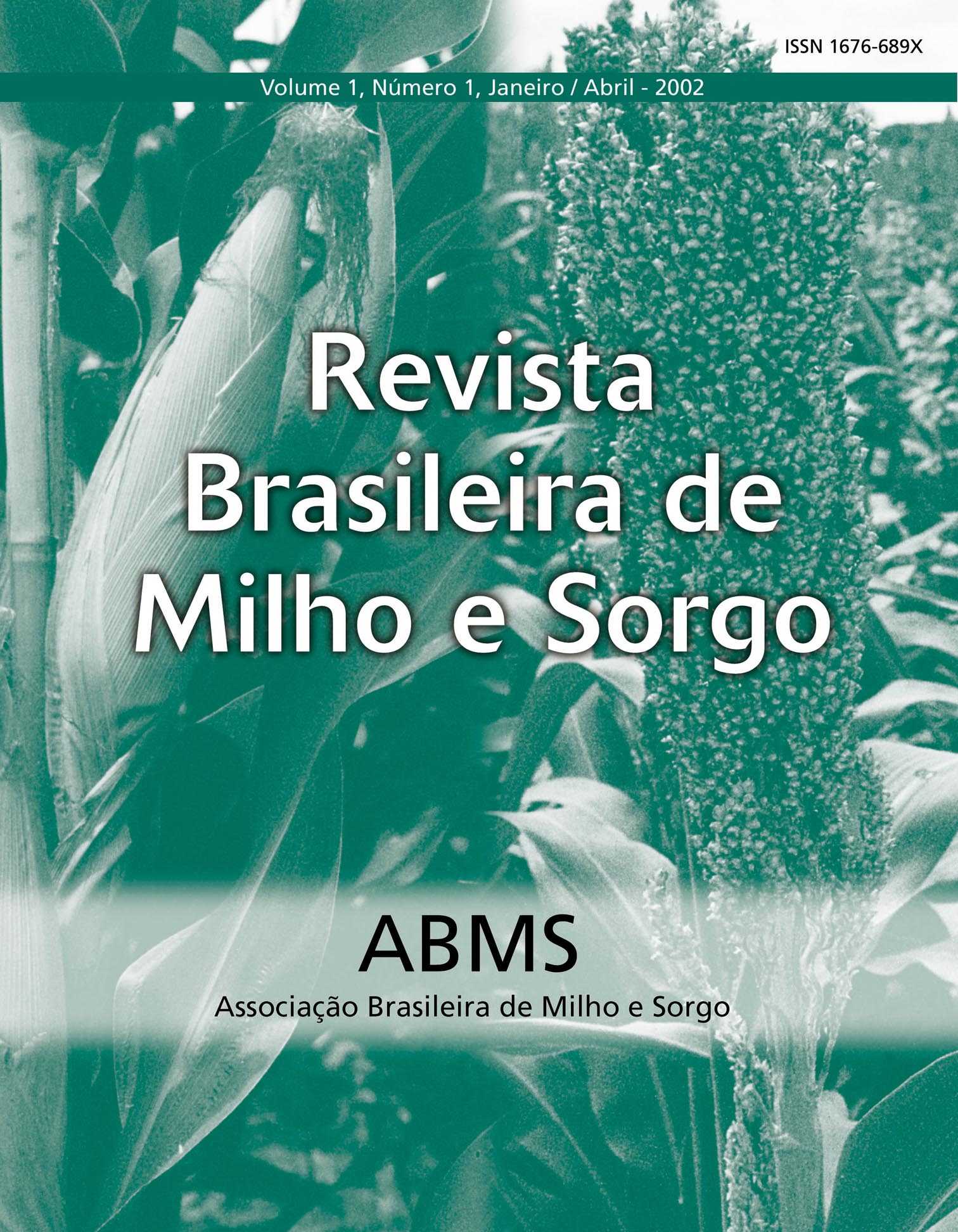PEROXIDASE ACTIVITY IN MAIZE INBRED LINES RESISTANT OR SUSCEPTIBLE TO MAIZE DWARF MOSAIC VIRUS
DOI:
https://doi.org/10.18512/1980-6477/rbms.v2n01p%25pKeywords:
Zea mays L., potyvirus, isoformas.Abstract
Peroxidase (EC 1.11.1.7) activity levels were analyzed in maize seedling inbred lines contrasting with their resistance to maize dwarf mosaic virus (MDMV). Groups of noninoculated resistant and susceptible inbred lines showed different levels of guaiacol peroxidase activity at the seedling stage, with 78 % of susceptible inbred lines presenting enzyme activity values below 91.46A470min-1gFW. However, the zymogram patterns of peroxidase did not allow the differentiation of non-inoculated resistant or susceptible inbred lines. The virus complex induced a general enhancement of enzyme activity, without qualitative changes in the isoenzymes, when inoculated into resistant or susceptible inbred lines. However, a quantitative change, with 19% OD average increase in a moderately anionic isoform was observed in some resistant inbred lines in response to virus inoculation. Our results could suggest that peroxidase activity prior to infection, and the increase in activity of an specific anionic isoform in some resistant inbred lines, due to virus inoculation, could be related to a defense mechanism against MDMV.
Downloads
Published
How to Cite
Issue
Section
License
Authors retain copyright and grant the journal right of first publication with the work simultaneously licensed under the Creative Commons Attribution License that allows the sharing of work and recognition of the work of authorship and initial publication in this journal.
Authors are able to take on additional contracts separately for non-exclusive distribution of the version of the paper published in this journal (eg, in an institutional repository or publish as a book), with acknowledgment of its initial publication in this journal.
Authors are permitted and encouraged to post their work online (eg, in institutional repositories or on their website) at any point before or during the editorial process, as this may leadto productive exchanges, as well as increase the impact and citation of published work.




